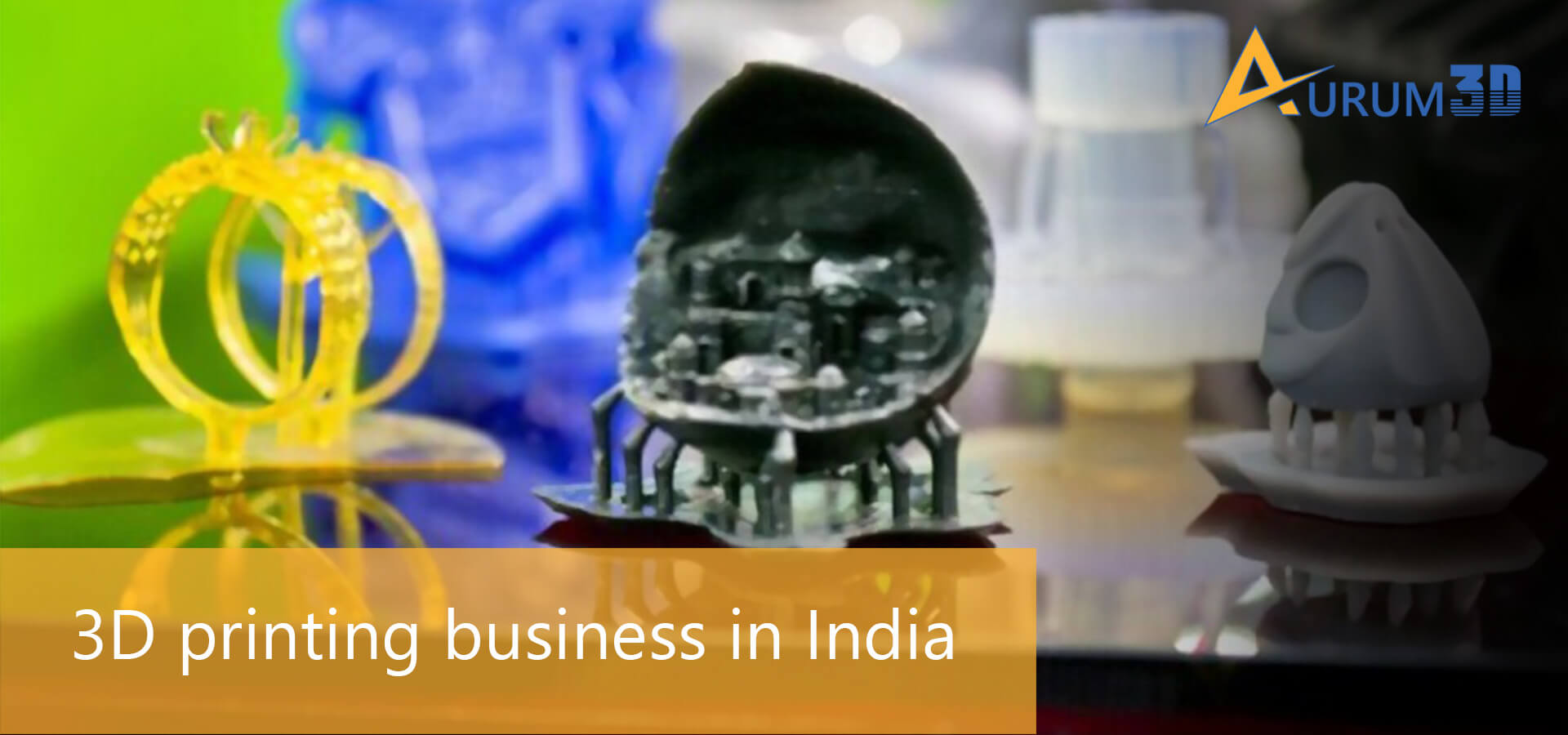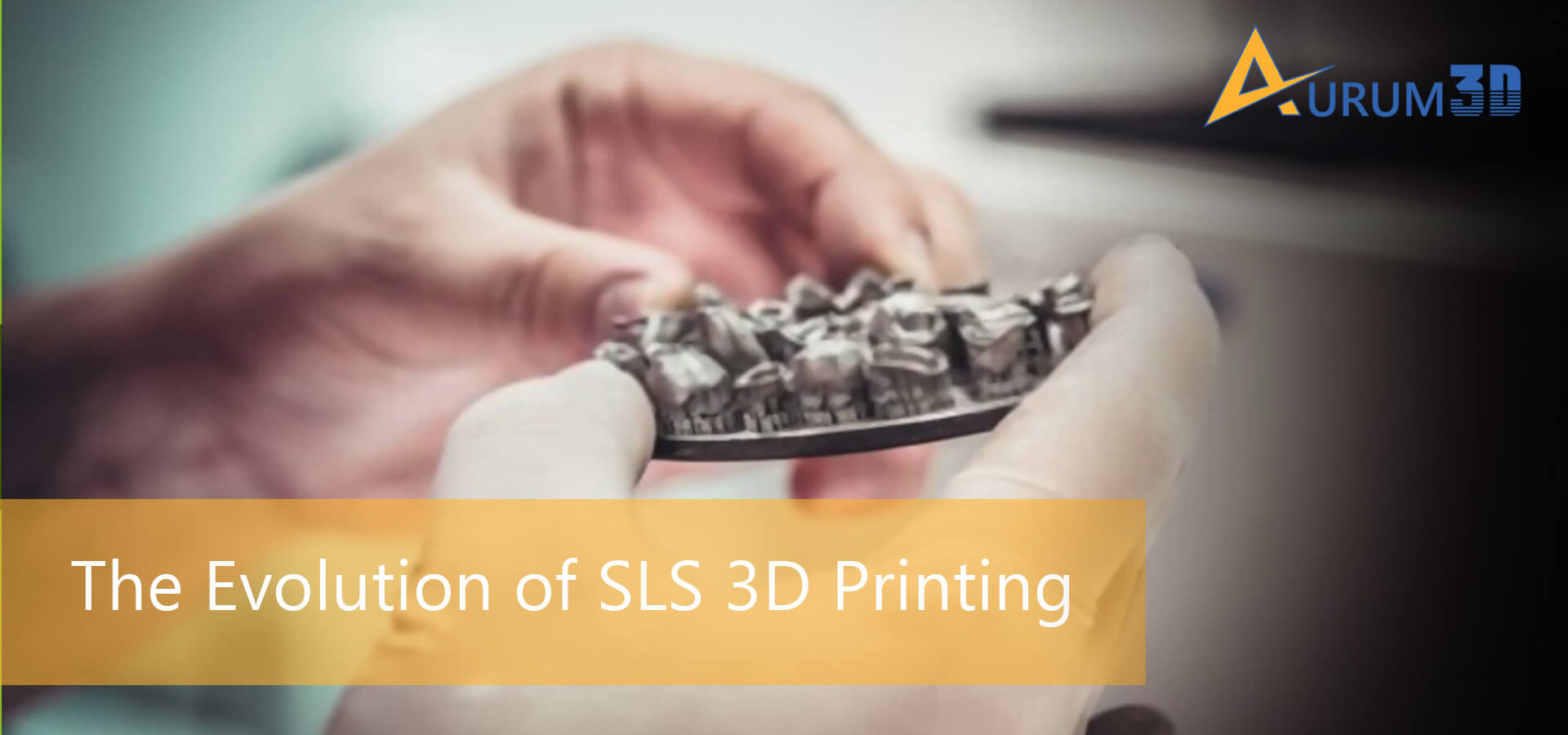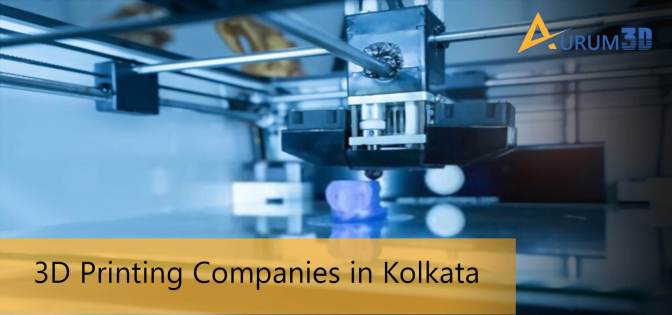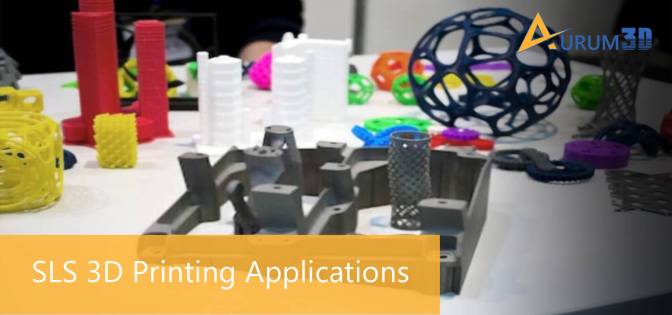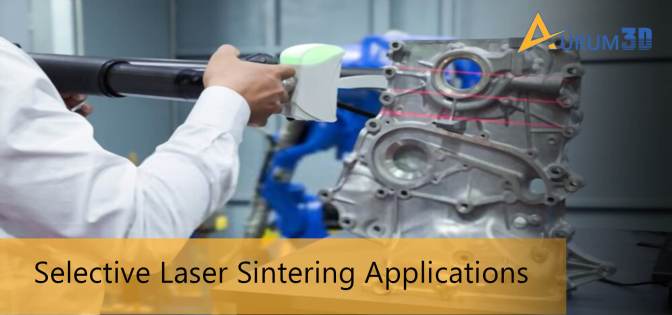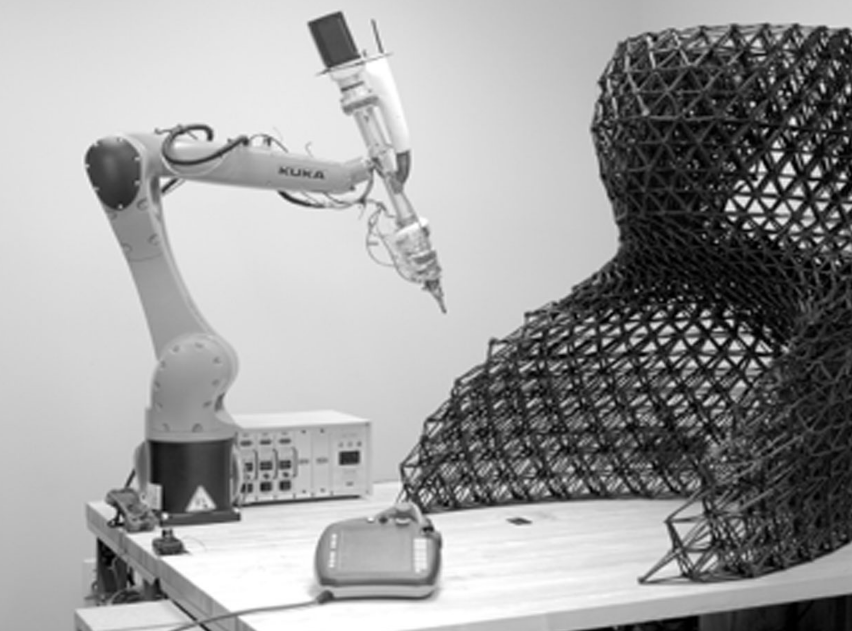Healthcare is one of the industries that are being transformed by additive manufacturing or 3D printing technologies. Hospitals and clinics in developed countries already leverage 3D printers to solve recurring problems by fabricating patient-specific anatomical structures and complex medical devices.
Also, they leverage 3D printing technologies to deliver personalized services, speed up processes and curtail costs. At the same time, new and innovative use cases of 3D printing in the medical field are being created regularly.
We can assess the transformative impact of 3D printing across the medical sector from the steady growth of the worldwide healthcare 3D printing market. However, the growth rate of the healthcare 3D printing market will vary across developed and developing countries.
Many healthcare providers in developed countries already use 3D printers to produce a variety of medical devices and healthcare solutions from CAD models. But healthcare providers in developing countries are still not familiar with the widely used 3D printing technologies.
Also, healthcare companies face many challenges of 3D printing in healthcare across regions. They can leverage healthcare 3D printing fully only by overcoming a slew of challenges and barriers. We are highlighting some of these major challenges in implementing 3D printing technologies across the healthcare sector.
Understanding 7 Major Challenges of 3D Printing In Healthcare
1) Diseconomy of Scale
3D printing technologies are still at a nascent stage in many regions. Subtractive manufacturing methods still beat additive manufacturing technologies in the category of delivery speed. A hospital or clinic needs additional time and resources to manufacture patient-specific solutions.
In addition to producing custom anatomical structures, engineers need time for post-processing activities. Hence, patients often find 3D-printed medical products too expensive. Healthcare companies must focus on achieving economy of scale to make 3D-printed medical products accessible.
2) Formula Manipulation and Alteration
3D printing of drugs has the potential to transform personalized medication by customizing the pill size or filling percentage according to the dosage. But the efficacy of the 3D-printed drugs is impacted when the right raw material is not used or the drug formula is altered.
There are always chances that the drug formula might be altered by an employee or a hacker during the 3D-printing process. Healthcare companies must monitor the 3D-printing process end-to-end to produce accurate and precise drugs according to the specific health condition of the patient.
3) Difficulty to Mimic
Bioprinting is one of the most significant use cases of 3D printing technologies in the healthcare industry. Many clinics and hospitals use sophisticated medical 3D printers to fabricate biomedical parts for patients combining cells, biomaterials, and growth factors. But the outcome of bioprinting projects depends on how the printed biomedical parts mimic the natural organs.
Many researchers complain that medical 3D printers are designed with spray nozzles that are too wide. The wider spray nozzles impact the accuracy and efficacy of printed biomedical parts by adjusting the quantity of bioink. Also, they find it challenging to create bioinks by combining natural and synthetic polymers accurately.
4) Varying Dimensional Accuracy
3D printing machines and materials differ from each other in the category of dimensional accuracy. For instance, SLS 3D printing technology is more effective than FDM 3D printing in creating parts with higher resolution, accuracy, and precision.
Similarly, technicians replace flexible resin with SLA resin to print parts with dimensional accuracy. While 3D-printing medical devices and biomedical parts, technicians need to ensure 100% dimensional accuracy.
In addition to designing accurate designs, they have to monitor and refine the entire 3D printing process. That is why; they must combine the right 3D printing machine, materials, and support structures to ensure dimensional accuracy of 3D-printed biomedical products.
5) Multiple 3D Print Failures
Many healthcare companies switch from subtractive manufacturing to additive manufacturing to reduce the time and resources required to fabricate patient-specific biomedical parts. But all the3D printing companies and technologies have their own shortcomings.
Also, technicians can deliver the biomedical part on time only when there is no print failure. Some of the major causes of 3D print failure are overheating, over extrusion, under extrusion, filament clogging, layer shifting, and poor bridging.
Multiple 3D print failures have become one of the prominent challenges of 3D printing in healthcare. Healthcare companies have to deploy skilled technicians to monitor the medical 3D printing process continuously. At the same time, technicians must identify and solve the 3D printing issues proactively to print a biomedical part successfully.
6) Need for Highly Skilled Technicians
3D printing is completely different from widely-used digital technologies. Most physicians and medical practitioners still lack the skill and expertise to 3D print medical products accurately and efficiently. At the same time, the technicians proficient in 3D printing technologies do not understand the device specifications or drug formulas recommended by medical practitioners.
Hence, health care companies and medical institutions can leverage 3D printing technologies fully only by deploying highly skilled technicians. In addition to using 3D printing machines and materials efficiently, the technicians must know how to create biomedical products using additive manufacturing. Most healthcare companies currently find it challenging to find such highly-skilled technicians.
7) Lack of Regulation and Standardization
The absence of commonly accepted standards and regulations is often cited as one of the key challenges of 3D printing in healthcare. While switching from subtractive manufacturing to additive manufacturing, medical institutions have the option to choose from a wide variety of 3D printing machines and materials.
But none of the medical 3D printing machines are approved by regulatory authorities like the Food and Drug Administration (FDA). Also, there are no laws related to the design and specifications of medical 3D printers. The lack of regulations and standardization increases the legal risks for healthcare companies.
Conclusion
3D printing is one of the disruptive technologies that have the potential to tackle many healthcare challenges in the world. But clinics, hospitals, and other healthcare companies cannot leverage 3D printing technologies without addressing many challenges.
They must collaborate with each other to tackle these major challenges of 3D printing in healthcare by developing methods of standardization. Likewise, they must create new cases by increasing R&D investment to overcome these barriers by creating new use cases regularly.
References
https://www.researchgate.net/publication/334490932_3D_Printing_in_Medicine_Current_Challenges_and_Potential_Applications
https://www.cybernetman.com/blog/3-challenges-to-3d-printing-in-healthcare/
https://www.rsna.org/news/2019/january/clinical-3d-printing-status-challenges-and-opportunities
https://www.ncbi.nlm.nih.gov/pmc/articles/PMC7160453/
https://www.machinedesign.com/3d-printing-cad/article/21838078/the-challenge-of-3d-printing-medical-devices
https://3dheals.com/strategic-issues-of-3d-printing-in-hospitals-guide/
https://amfg.ai/2019/08/30/3d-printing-in-healthcare-where-are-we-in-2019/
